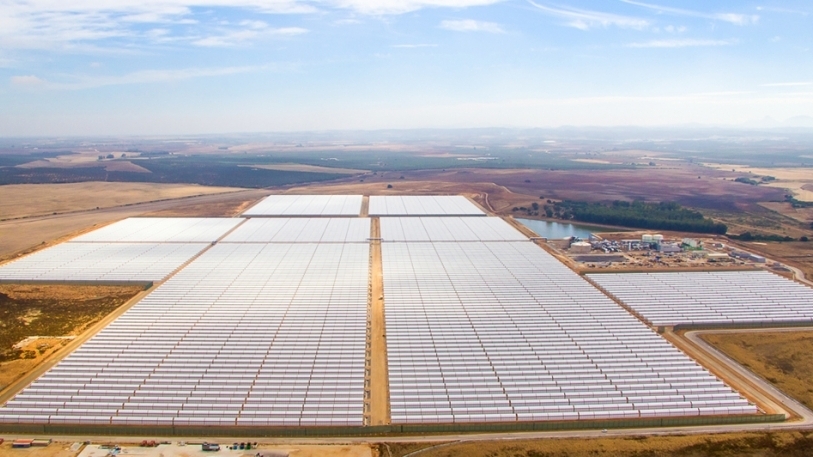
Number of banks and insurers committed to coal divestment doubles
Financial institutions are committing to divest from coal at a quicker rate than ever before, according to a new sector analysis shared with Net Zero Investor.
While it took almost six years for the first 100 institutions to adopt coal exclusion policies, since then the number has doubled in just over three years.
More than half of all banks on a list compiled by the Institute for Energy Economics and Financial Analysis (IEEFA) are United Nations Net Zero Banking Alliance (NZBA) members.
Notably, half of these new entrants are from Asia, indicating divestment momentum is catching up fast among Asian banks.
Many of them upgraded their policies in 2022 after joining the NZBA. Over the past two years, 47 banks have strengthened their coal exit policies, while 16 banks announced their own coal exit plans for the first time.
Europe leads the pack
European financial institutions are leading the way in coal divestment with stricter policies than those in other regions.
France, the UK, Japan, South Korea, Germany, Australia and the Netherlands have the highest number of FIs with formal coal exit policies. Overall, there are 114 FIs in Europe, 53 in Asia-Pacific, 27 in North America, 6 in Africa, and 2 in South America.
Though FIs from Asia are also increasing rapidly, with 41 now having formal exit policies compared to only 10 between 2013 and April 2019.
A total of 22 FIs in the emerging economies have also established coal divestment policies, including South Africa, Malaysia, China, Turkey, India, and the Philippines. Interestingly these countries are largely reliant on coal for electricity.
“We see two prominent trends which are redefining capital markets. First, we see more financial institutions committing to investment policies that are moving away from fossil fuel projects," said IEEFA’s debt markets leader for Asia Pacific, Christina Ng.
"Also, we are seeing many of these institutions revising their policies and strengthening them as the market increases its knowledge of climate risk as a source of systemic risk to the global financial system."
Ng added that "institutions are getting tougher on what they will finance, and they have identified coal as a risky investment. They see climate risk as a financial risk."
Asset managers
Interestingly, it is not the largest asset managers who are leading the way.
"It’s more the medium- sized ones who recognise their duty to clients. This is a reflection that the market is learning and learning fast amid regulators getting tough on greenwashing. Collectively, the whole finance ecosystem is working together to find where the issues are,” Ng said.
Of the 36 asset managers and owners with formal coal divestment policies, managing assets worth over $50 billion, half have implemented or improved their policies in the last two years.
"Institutions are getting tougher on what they will finance, and they have identified coal as a risky investment."
While several large global asset managers such as France’s Caisse des Dépôts et Consignations, the UK’s Fidelity International, and Storebrand and Government Pension Fund Global in Norway have established formal coal exit policies, the three largest asset managers, Blackrock, State Street Global Advisors and Vanguard, managing assets worth $20 trillion, "have either formulated weak coal exit policies or have no policy at all," the IEEFA wrote.
Insurance sector
Insurance companies, who are significant institutional investors themselves, are also fast shunning coal.
A total of 51 globally significant insurance and reinsurance companies have established a formal coal exit policy, and the number has more than doubled since IEEFA started reviewing global coal exclusion policies in 2019.
One of the notable insurers, which announced its inaugural coal exit policy in 2022, is AIG.
Exit policies
The most comprehensive coal exit policies include restrictions across all financial services and products offered by the banks, ceasing all types of business relationships with coal companies, moving beyond just restrictions on individual projects to restrictions on any financial services for companies that have some exposure to coal.
These restrictions relate to corporate finance, underwriting and investment as well as restrictions on wider coal activities such as coal gasification, super-critical coal power plants, and coal for rail and port infrastructure.
Ng said the number of institutions making this commitment is likely to continue to grow and more will strengthen existing policies.
"In particular, FIs in emerging markets are introducing their own coal exit policies influenced by the strong momentum of coal divestments by globally significant FIs, and the rising risk of stranded fossil fuels assets accentuated by the consistent declining cost of clean energy generation," she concluded.




